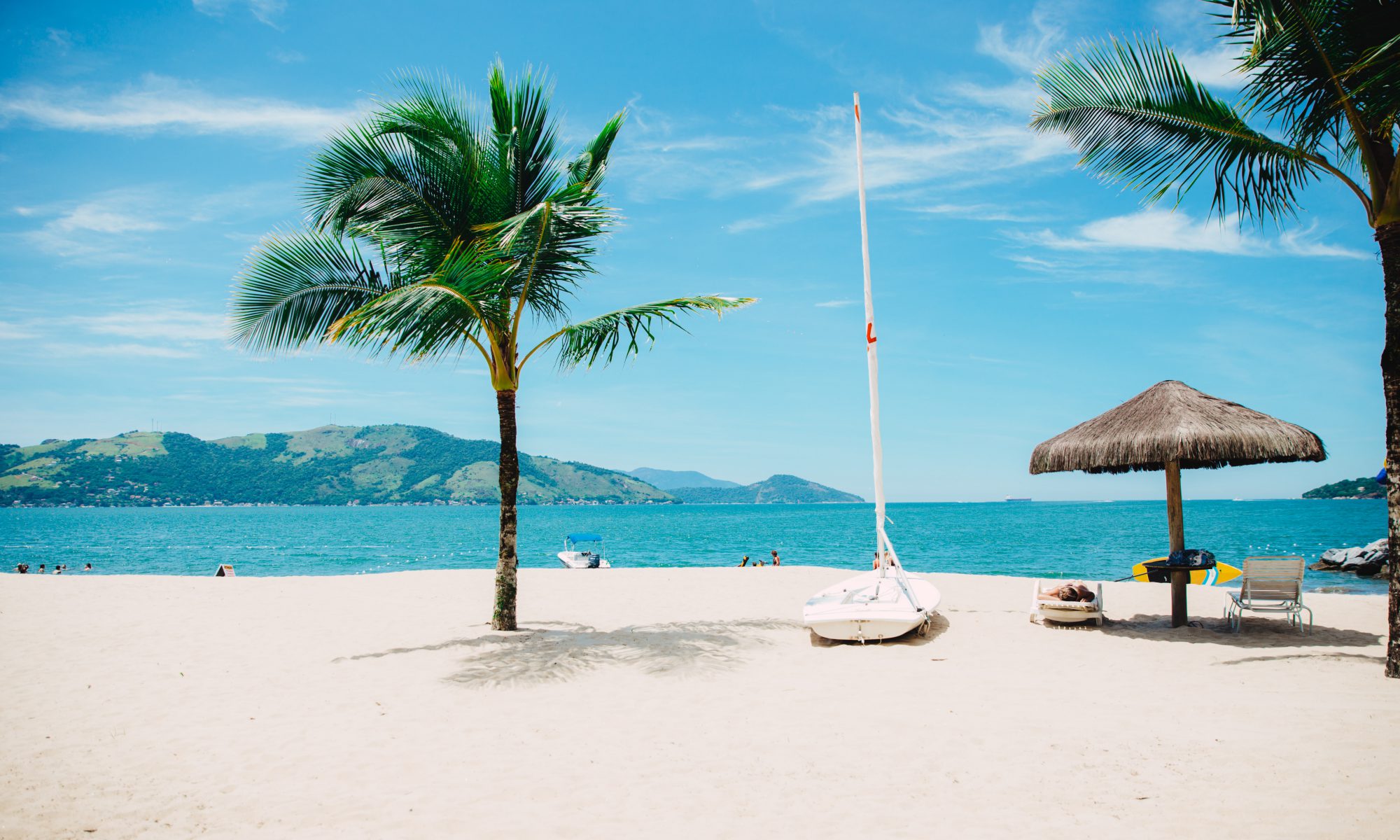Risk of UV radiation varies
Sunscreen, long clothing and shady places are important protection, especially in summer. According to the BFS-Germany, UV radiation can neither be seen nor felt. It is there even when the sun is not shining.
According to the data, the intensity and risk of UV radiation depends on many factors – such as the position of the sun, latitude, altitude above sea level, cloud cover and the ozone layer.
UV clothing: Not only useful for children
If you don’t protect yourself adequately from UV radiation, you risk sunburn, sunstroke or – in the worst case – skin cancer. Sun cream with a high sun protection factor is therefore essential.
How clothing with UV protection works
Special UV clothing and UV swimwear is made of tightly woven synthetic fibers such as polyester, nylon and spandex. “They are lightweight and breathable and block and absorb UV radiation,” explains Daniela Weiskopf, Head of the Optical Radiation Department at the Federal Office for Radiation Protection (BfS-Germany). In simplified terms:
Which UV clothing provides the best protection?
The BfS-Germany differentiates between the Australian-New Zealand Standard (AS/NZS 4399:1996), the European Standard (EN 13758-1) and the UV Standard 801 for the UV protection properties of UV clothing.
Only the “UV Standard 801” seal proves that a garment still protects against sunlight even when wet, stretched and washed several times.
For whom UV clothing is particularly worthwhile
Textiles with the UV standard 801 are also recommended by the “International Testing Association for Applied UV Protection”. According to the Bremen consumer advice center, parasols, beach shells and awnings with a UV Standard 801 seal also offer the best protection.
UV protective clothing is particularly intended for people who spend many hours in the sun, for example
– because they work outdoors, for example on a building site,
– or do sport.
“But it is also suitable for people with very sensitive skin: children, but also teenagers and adults with very light skin tones.
UV protective clothing does not cover all parts of the body, which is why the BfS-Germany recommends applying plenty (LSF 30) of sun cream to uncovered parts of the body in good time.
“Four heaped tablespoons for the entire body of an average adult with a high to very high sun protection factor from SPF 30 are ideal,” says Daniela Weiskopf.
Sunglasses that filter UV radiation with wavelengths up to and including 400 nanometers should also be worn.

